- Established 1982 -HOME: www.hiltonpond.org
THIS WEEK at HILTON POND Subscribe for free to our award-winning nature newsletter (Back to Preceding Week; on to Next Week) |
A BIG WEEK FOR ACCIPITERS American Goldfinches (AMGO) have been swarming thistle seed feeders this week at Hilton Pond Center, with as many as three or four dozen simultaneously clamoring for preferred seating. Once an AMGO gets comfortable it may stay for several minutes, plucking tiny thistle seeds (aka Nyger) one by one until its crop is full--after which it flies off to nearby vegetation to let food digest.
All text, maps, charts & photos © Hilton Pond Center Feeding activity has been heaviest in the morning--shortly after sunrise our three-tube feeder (above) often has every one of its 24 perches occupied--but at least a dozen goldfinches can be seen "thistling" throughout the day. (NOTE: A similar photo last week showed fewer AMGO, so our flock appears to be growing. Some of the two dozen AMGO in this week's image are already showing signs of molting into breeding plumage--even though they won’t be nesting until mid- to late summer. And if you enlarge the photo you can see several birds have shiny aluminum bands; our protocol is to band males on the left leg, females on the right.) Almost every day the big AMGO mob will be thistling quietly on the three-tube feeder when--whoosh!--all 24 suddenly scatter in every direction. When such quick desertion occurs we scan nearby trees and, more often than not, discover a bird-eating hawk has entered the scene.
All text, maps, charts & photos © Hilton Pond Center Such was the case on the morning of 11 February 2022 when goldfinches abruptly disappeared as an accipiter silently glided in and perched on a snag outside the kitchen window of the Center's old farmhouse (see photo above). Rusty-orange horizontal barring on the bird's breast indicated it was an adult (immature accipiters have brownish vertical streaking) and the strongly rounded tail told us it was a Cooper's Hawk (tails of closely related Sharp-shinned Hawks--see below--are typically square and even sometimes slightly notched). Both these short-winged, long-tailed hawks with skinny toes and long talons make a living preying on smaller birds, but a big female Coop might even make lunch of a bird the size of a Mourning Dove. (Cooper's Hawks, COHA, aren't too particular and also take squirrels, snakes, lizards, and other small vertebrates.) The COHA sat on its perch, scarcely moving except to look from side to side--undoubtedly looking for prey. When no potential food item returned to the feeders after 15 minutes or so, the unfulfilled hawk departed. Only then did the multitude of goldfinches return to gorge on our cornucopia of thistle and sunflower.
All text, maps, charts & photos © Hilton Pond Center Two days later we again gazed out the kitchen window to see yet another accipiter (above)--this one much smaller than the Cooper's Hawk. It looked to be only a bit bigger than a Blue Jay--suggesting it was a Sharp-shinned Hawk (SSHA). (We had a rough estimate of its size as it perched on the roof of a platform feeder; that's 3/4" plywood around which its long, skinny toes were curled.) From its vantage point the hawk could see an American Goldfinch had just entered one of our hanging traps baited with sunflower seed. The apparently hungry hawk swooped at the trap but missed the "bait," so to protect the AMGO we immediately went outside to extract the yellow bird from its predicament. At that point the sharpie flew into a tall hardwood overhead, keeping an eye on us as we discovered the goldfinch was an adult male and already banded. We entered a note about the AMGO band number on our iPhone--more about that later--and released the songbird as the raptor stayed put. In the hope of capturing the hawk we rapidly unfurled three mist nets near the feeders. Almost immediately a clueless goldfinch flew into one nets, and 30 seconds later the raptor dived in after the AMGO. We were jubilant to see the hawk miss the finch but get snared itself!
All text, maps, charts & photos © Hilton Pond Center After that it was merely a matter of extracting yet another already banded goldfinch and then carefully removing the hawk from the mesh--and we DO mean carefully, not only for its sake but also to keep its needle-sharp talons from embedding in the flesh of our hands. We were able to untangle the hawk without incident (or bloodshed) and gently wrapped it in a towel to keep it calm while we took a few measurements. (NOTE: If you haven’t done it already, hold up your hand like ours in the photo above for scale and you'll get a good idea of just how small this probable Sharp-shinned Hawk really was.)
All text, maps, charts & photos © Hilton Pond Center As mentioned above, sharpies do usually have squared-off tails and even a bit of a notch, with a narrow white band at the tip; those characteristics are obvious in our photo above of the bird just captured. (NOTE: The terminal band is wider and more obvious in Cooper's Hawks.) Our suspected sharp-shin's tail measured 132mm and the wing chord came in at 157mm--the shortest wing in any of the accipiters we've ever captured at the Center. This all meant the bird was indeed a Sharp-shinned Hawk AND, based on wing chord, a male. In general, female raptors are about a third larger than their mates. The chart below, modified from Pyle's Identification Guide to North American Birds, Part II, shows comparisons by species and gender for our two local accipiters. (At 157mm, this week's male sharpie at Hilton Pond had an even shorter wing than the range reported from 100 specimens sampled by Pyle. The tail, at 132mm, was mid-range.)
As caveat, there is near-overlap between measurements for female sharp-shin and male Cooper's, which complicates identification in the field. (NOTE: Between those two accipiters a really large individual in your yard is probably a Cooper's Hawk and a truly small one a sharpie, but size estimation is one of the least reliable field marks. And in case you’re wondering, a female Northern Goshawk--a truly big accipiter rarely seen in the Southeast--can have a wing chord of 387mm!)
All text, maps, charts & photos © Hilton Pond Center Plumage plus an iris (above) going from yellow to red indicated this week's Sharp-shinned Hawk was likely a third-year individual that hatched in 2020, probably on breeding grounds in Canada. That said, the species does nest uncommonly at higher elevations in the Carolinas and northward and westward in the U.S.
All text, maps, charts & photos © Hilton Pond Center Here at Hilton Pond Center our 42 SSHA captures since 1982 have all been in late fall or winter, and most have been brown-backed immatures rather than older "blue darters" like the one this week. Two of those sharpies have been encountered elsewhere (see map above):
Incidentally, we've banded only three Cooper's Hawks--in October, November, and May--even though they apparently are year-round residents in this area. None have been recaptured locally or encountered elsewhere.
All text, maps, charts & photos © Hilton Pond Center And now back to that trapped American Goldfinch we saved from further harassment by the Sharp-shinned Hawk. We had recorded the AMGO's band number and released it unharmed, so after finishing up with the raptor a check of our records showed the AMGO was first captured here on 22 April 2015 as a second-year male. That means he is now in his NINTH year. Every bird is important but we were particularly pleased this really old goldfinch didn’t get injured or eaten by the hawk. Since the U.S. federal Bird Banding Lab lists the age record for American Goldfinch at 10 years 9 months, this Hilton Pond bird is getting close. Knowing such things is yet another good rationale for banding birds--including both the ancient goldfinch AND the relatively young Sharp-shinned Hawk that now has his very own ankle bracelet. (NOTE: As evidence the old American Goldfinch was not deterred or harmed by his encounter with the sharpie, in the following four days he was recaptured THREE more times in the same sunflower seed trap! Oddly enough, this week's repeated recaptures were the first for this AMGO, even though he had been banded eight years ago. And, in case you're wondering, we never saw the latest sharp-shin again after banding it.)
All text, maps, charts & photos © Hilton Pond Center In closing, lest you think a Sharp-shinned Hawk might not have the tools to make short work of a geriatric goldfinch, just take a look at our photo above of the raptor's head and foot. There's that decurved and sharp-tipped bill, a rounded "tooth" on the edge of the upper mandible that allows extra biting force, and four long, opposable, needle-pointed claws that easily puncture a prey item's skin and muscle. Sharpies are killing machines, but they're all part of nature's predator-prey complex. We get a little perturbed when folks complain a hawk has begun patronizing a backyard feeding station like ours at Hilton Pond Center and ask how to be rid of it. Our usual answer is humans should be excited at the opportunity to watch nature in action. If you put out thistle seed to attract goldfinches, you're also hosting goldfinches for predators to eat--and once you issue a "Hey, y'all, free-food!" invitation you can't really legislate which birds come to dine. All text, maps, charts & photos © Hilton Pond Center HILTON POND SUNSETS "Never trust a person too lazy to get up for sunrise
All text, maps, charts & photos © Hilton Pond Center Sunset over Hilton Pond, 16 February 2022 Although we were hoping for a sunset in honor of the Hilton's "Valentersary," we were celebrating away from the Center on 14 February. The sky was uneventful the next day, but finally on the 16th the view from the back roof of our old farmhouse was more fitting for "The Goddess." So this one's for you, Susan Dressler Ballard Hilton, and for our mutual 51st! Don't forget to scroll down for lists of Hilton Pond supporters and of all birds banded and recaptured during the period. Photoshop image post-processing for this page employs |
|---|
|
"This Week at Hilton Pond" is written and photographed by Dr. Bill Hilton Jr., executive director of Hilton Pond Center for Piedmont Natural History
|
|
|
Please refer "This Week at Hilton Pond" to others by clicking on this button: |
|

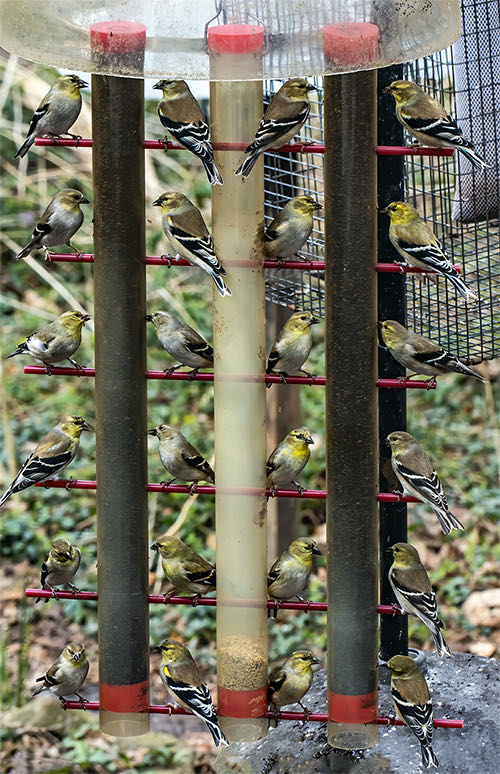
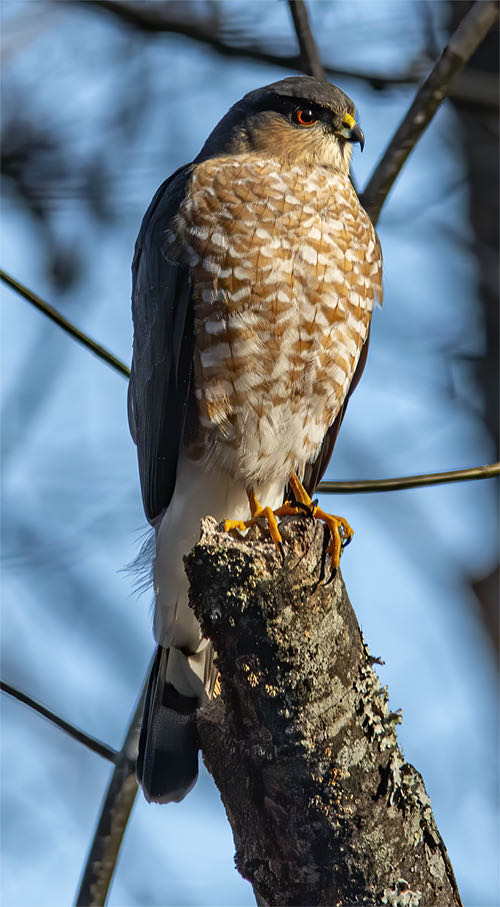
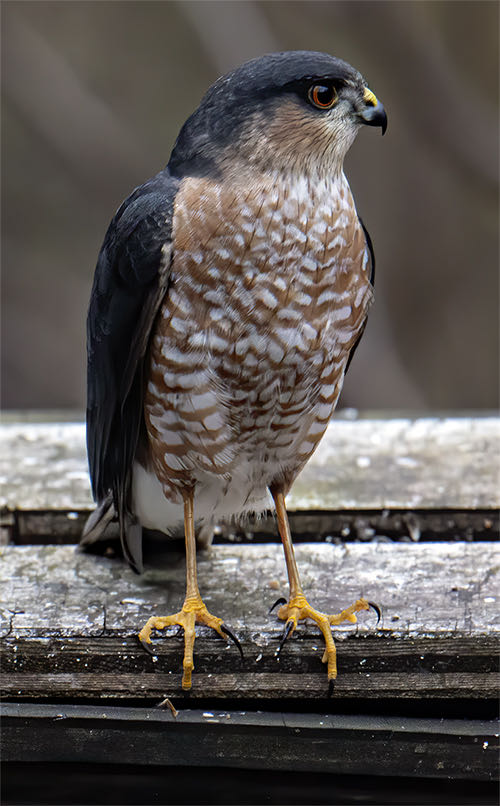

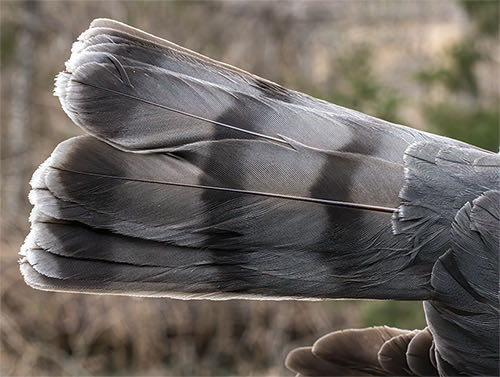

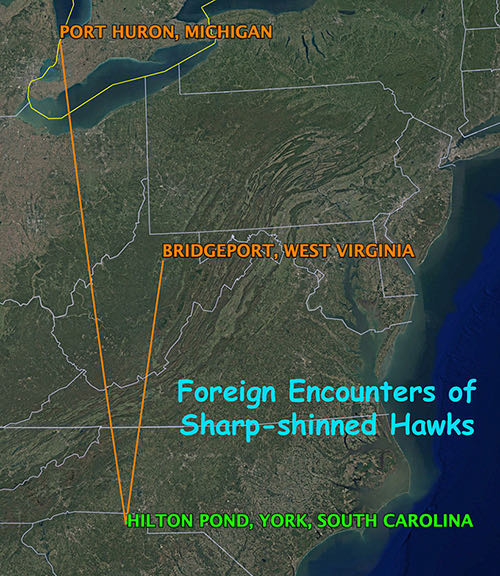

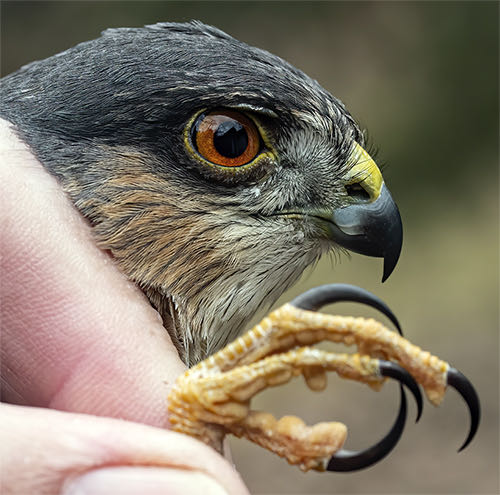










 Oct 15 to Mar 15:
Oct 15 to Mar 15: